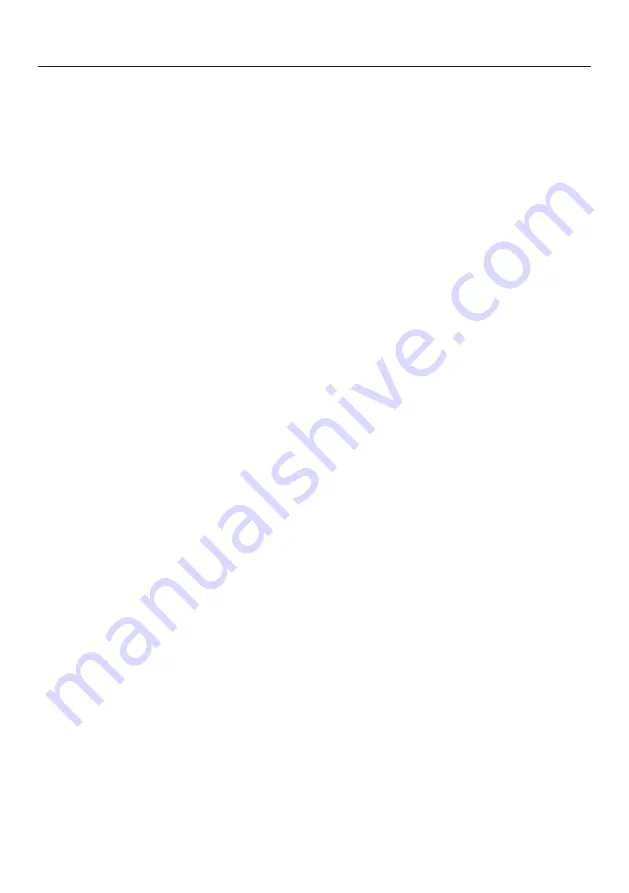
Special applications
55
Bottling
Only use unblemished, fresh produce
which is in good condition for bottling.
Glass jars
Use clean glass jars and accessories
and check them for any defects. Glass
jars with twist off lids or glass lids with a
rubber seal are suitable.
Make sure that all the jars are the same
size so that bottling is carried out
evenly.
After you have filled the jars with the
bottled produce, clean the glass rims
with a clean cloth and hot water and
then seal the jars.
Fruit
Sort fruit carefully, rinse it briefly but
thoroughly and allow it to drain. Take
great care when cleaning soft fruit as it
is very delicate and squashes easily.
Remove any peel, stalks, cores or
stones. Cut up large fruit. For example,
cut apples into slices.
If you are bottling fruit with stones (e.g.
plums, apricots) without removing the
stones, pierce the fruit several times
with a fork or wooden skewer as other-
wise it will burst.
Vegetables
Rinse, clean and cut up vegetables.
Vegetables should be blanched before
bottling to help them retain their colour
(see “Special applications” – “Blanch-
ing”).
Fill volume
Fill the glass jars with produce up to a
maximum of 3 cm below the rim. Do
not pack it down as this will damage
the cell walls of the produce. Tap the jar
gently onto a cloth to help distribute the
contents evenly. Fill the jars with liquid.
The produce must be completely
covered.
Use a sugar solution for fruit and a salt
or vinegar solution for vegetables.
Tips
– Make use of residual heat by leaving
the jars in the oven for 30 minutes
after it has switched off.
– Then cover the jars with a cloth and
allow to cool for approx. 24 hours.
Содержание DG 6001
Страница 84: ......
Страница 85: ......
Страница 86: ......
Страница 88: ...M Nr 10 674 800 01 en GB DG 6001 ...
















































